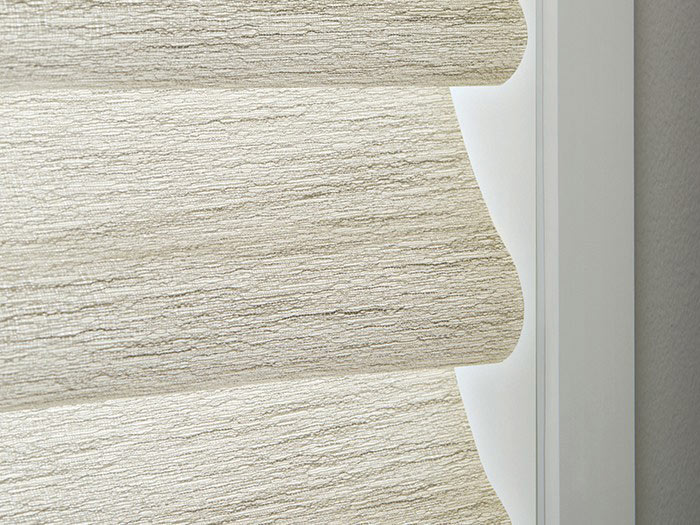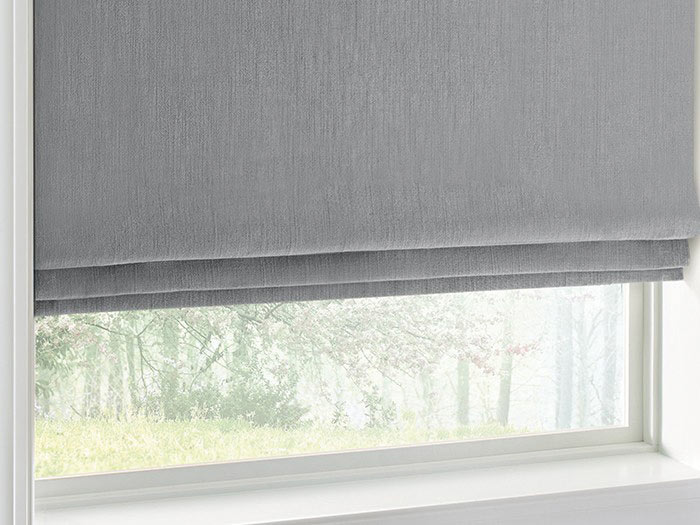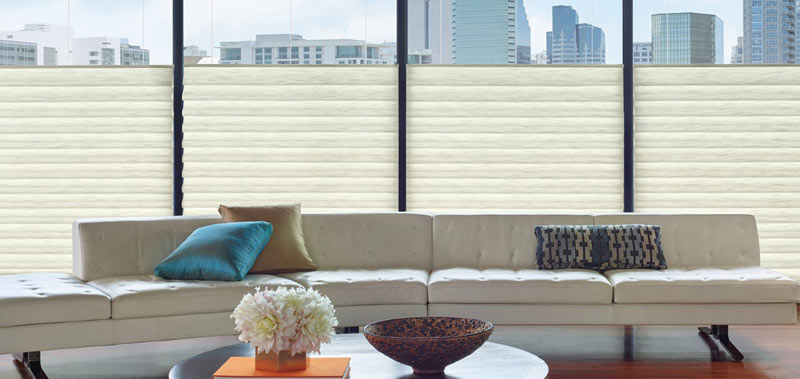Roman shades are the quintessential, classic window treatment, with an aesthetic that works well in pretty much any space. The shades can take center stage in a room, or quietly play a supporting role, depending on their fabric color and their design.
That’s right—their design.
Not all Roman shades are cut from the same cloth, so to speak. While you’ll find many variations in folds, three styles—soft, flat, and plain—are the most common. Here’s an overview of each.
SOFT FOLD
In soft fold, or hobbled, Roman shades, soft rolls of fabric cascade the entire length of the window—for a kind of billowy effect. The folds add to the depth of the shade and the extra fabric helps darken a room. That extra fabric also makes this type of Roman a little bulkier than the other types, so it’s not ideal for windows that don’t have a lot of depth.
A soft fold Roman is a good choice for shades that you might want to leave down most of the time, simply because raising the shade results in a lot of volume at the top of the window.
FLAT FOLD
No seams coupled with a slim profile define flat fold Romans. The slim profile makes these shades good for shallow windows and French doors, and the lack of seams give them a minimalistic look.
When raised, flat fold Romans form neatly stacked folds; however, because they’re seamless, you might have to adjust the bottom of the shades when you raise them so they’re straight.
PLAIN FOLD (SOMETIMES ALSO CALLED FLAT FOLD)
Similar to flat fold Romans, plain fold Roman shades have a slim profile. They differ in that they have seams, and because of that, they stay even when you raise them. Another benefit of the seams is that they add depth to a solid-colored shade. (Keep in mind that they’ll also interrupt the design of a patterned shade.)
To speak with Linda to learn more about her Window to Design store, you can contact her at (480) 207-6450, or visit her website — windowtodesign.com, or instagram.com/windowtodesign.




